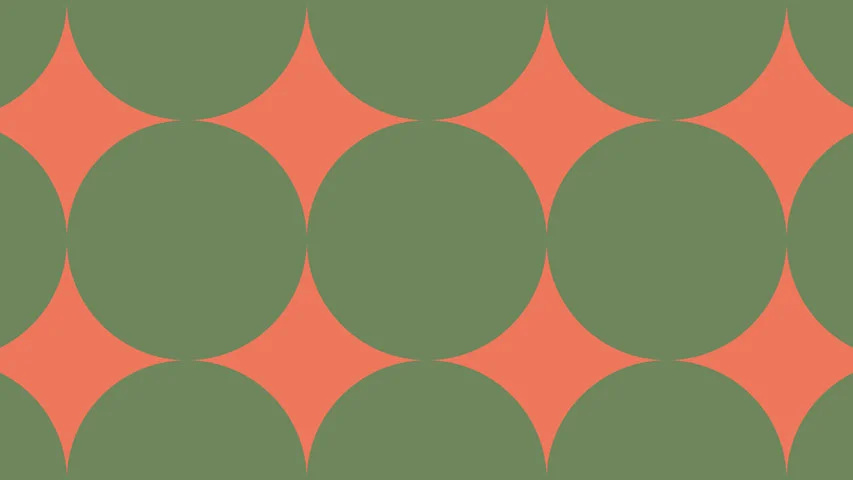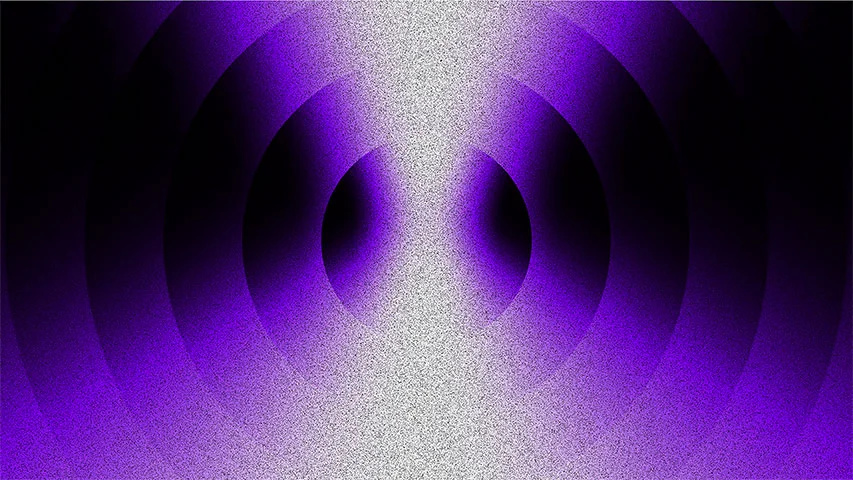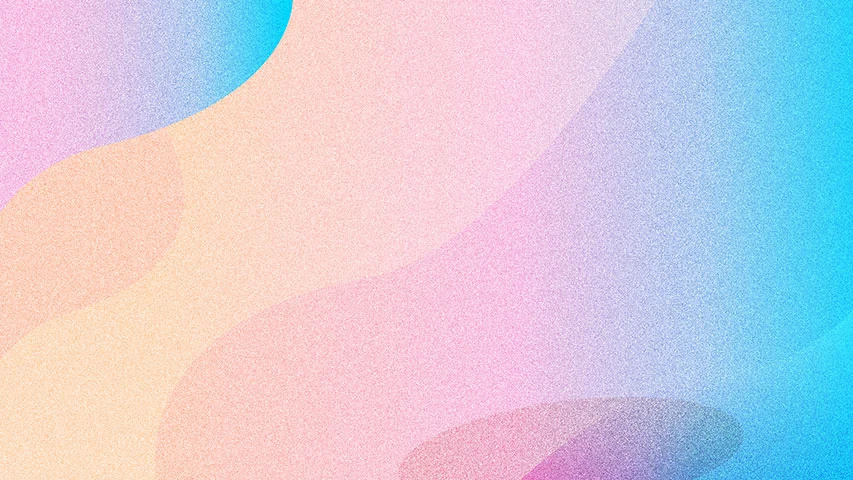Creative Design Trends Shaping the Future of Digital Marketing
The digital marketing landscape is constantly evolving, and with it, the creative design trends that capture audience attention. In an increasingly competitive space, brands need to stay ahead by embracing innovative design concepts that not only engage users but also enhance their digital experiences. Let’s explore some of the key design trends that are shaping the future of digital marketing.
1. Minimalism with a Purpose
Minimalism has been a dominant trend in recent years, but it’s evolving into something more purposeful. Today’s minimalistic designs are not just about reducing visual clutter but focusing on intentional simplicity. Brands are using negative space, clean lines, and simplified color palettes to guide users towards key actions. This approach creates a more seamless user experience, ensuring that visitors are not overwhelmed by too much information at once.
2. Bold Typography
Typography has moved beyond being just a tool for readability. In 2024, bold and oversized fonts are being used as a design element to make a statement. Brands are using custom typefaces to reflect their identity, and typography is playing a major role in storytelling and setting the tone of a brand’s message. Combined with minimalist designs, bold typography can draw attention and communicate a brand’s personality more effectively.
3. Motion Graphics and Micro-Animations
Animation is no longer reserved for videos and big graphics. Micro-animations, small animated effects used to guide users, are becoming an essential part of web design. Whether it’s a button changing color upon hovering or a subtle movement of text, these animations enhance user engagement and bring designs to life. Motion graphics, on the other hand, are being used to tell brand stories in a visually compelling way, creating more interactive and immersive experiences.
4. 3D Design and Immersive Experiences
3D design is rapidly gaining traction, adding depth and realism to digital marketing efforts. From product renders to interactive elements, 3D graphics help users engage with content in a more tangible way. As AR (Augmented Reality) and VR (Virtual Reality) technologies continue to grow, we can expect to see more immersive design experiences that allow users to interact with brands in new and exciting ways.
5. Gradients and Vibrant Color Palettes
Gradients and bold color schemes are making a strong comeback in the design world. Designers are moving away from flat designs and experimenting with rich, dynamic color transitions that create depth and vibrancy. Gradients, when used effectively, add energy and life to digital marketing campaigns, helping brands stand out in crowded online spaces.
6. Inclusive and Accessible Design
As digital platforms continue to grow, inclusive design is no longer just an option—it's a necessity. Brands are focusing on making their digital experiences accessible to all users, including those with disabilities. This means incorporating clear navigation, color contrast, and user-friendly interfaces that cater to a diverse audience. Designing with inclusivity in mind not only improves the user experience but also builds trust with a broader demographic.
Conclusion
The future of digital marketing is being shaped by creative design trends that prioritize user experience, engagement, and inclusivity. By embracing bold typography, motion graphics, 3D elements, and purposeful minimalism, brands can stay ahead in the competitive digital landscape. As technology continues to evolve, design trends will also continue to push boundaries, offering new ways for brands to connect with their audiences in meaningful and impactful ways.


